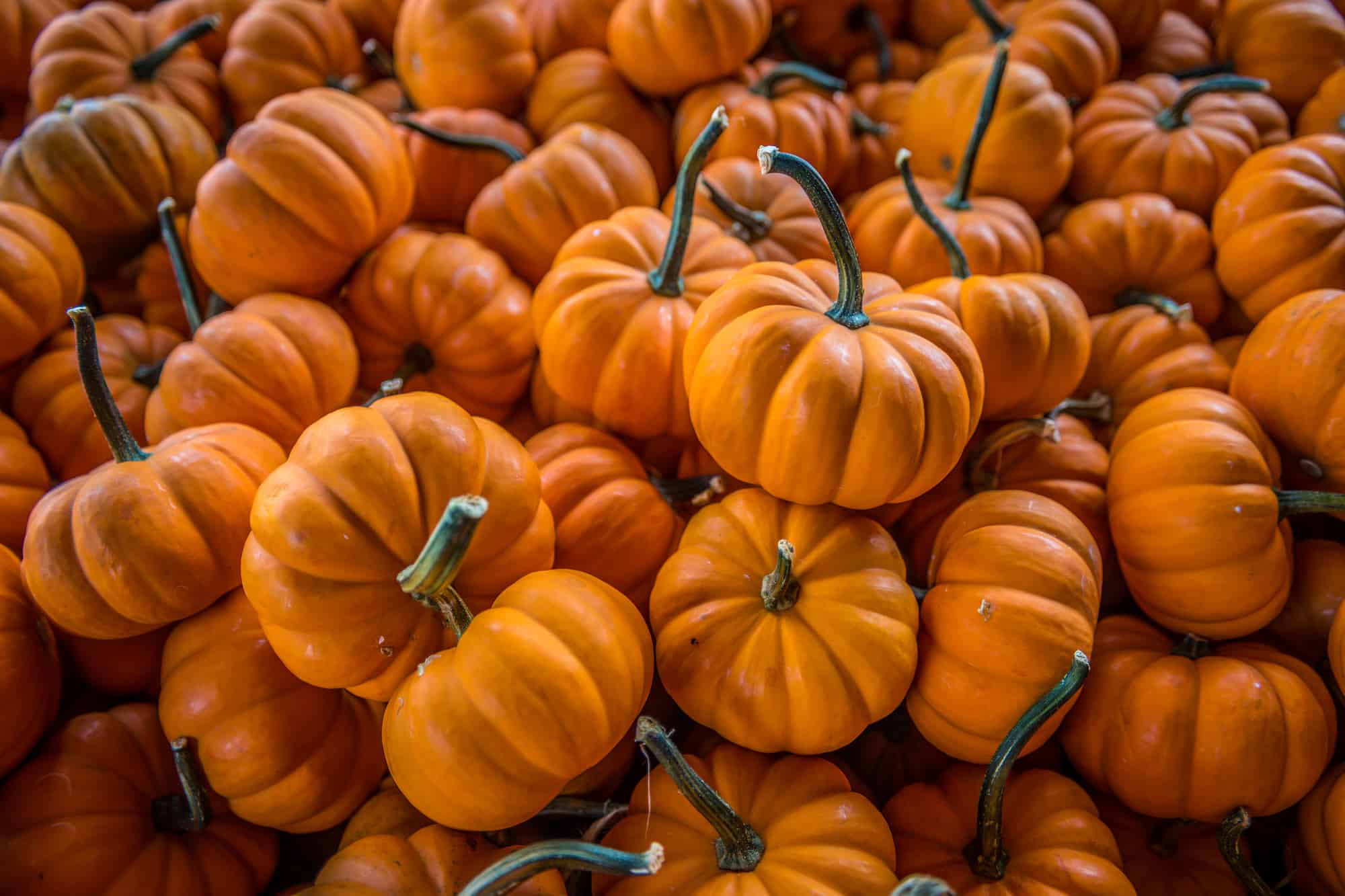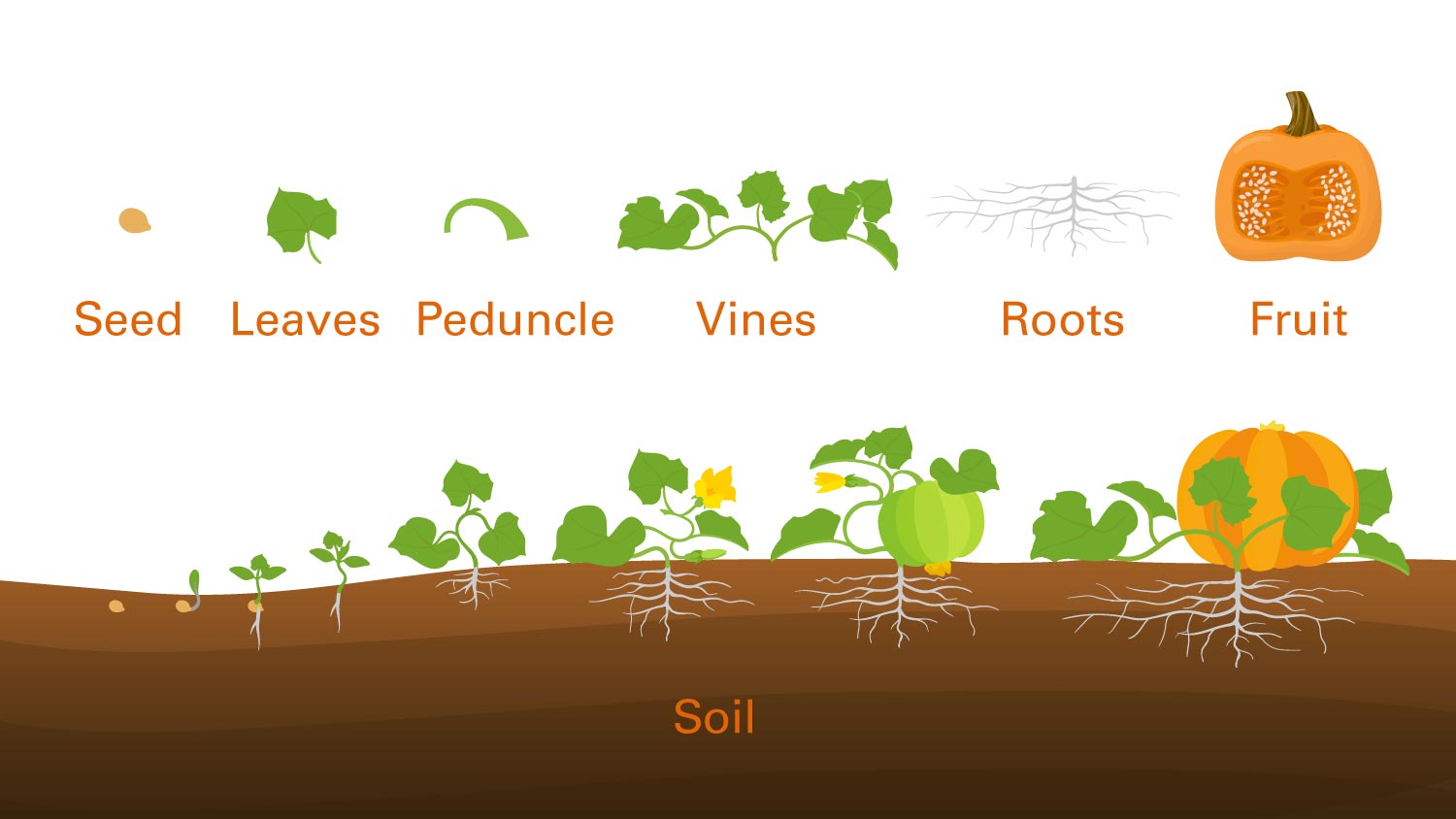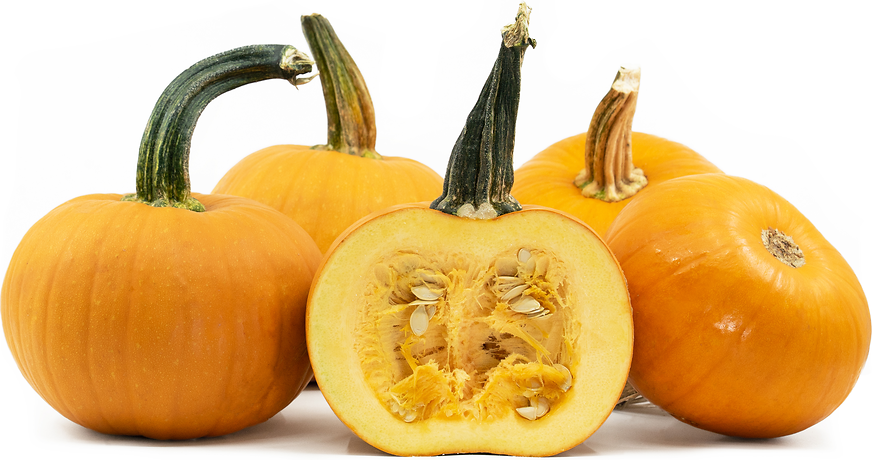The Average Weight of a Pumpkin: Unraveling the Mystery
Pumpkins are an iconic symbol of the fall season, adorning doorsteps and tables during Halloween and Thanksgiving. While they are often associated with jack-o'-lanterns and pumpkin pie, have you ever wondered about the average weight of a pumpkin? In this article, we will delve into this intriguing topic, exploring the factors that influence pumpkin weight and providing valuable insights into the average weights you can expect to encounter.
I. The Importance of Pumpkin Weight:
Pumpkin weight holds significance for various purposes, including agricultural research, competitions, and consumer preferences. Understanding the average weight of a pumpkin can aid farmers in optimizing their harvests and help consumers select the perfect pumpkin for their needs.

Pumpkin
II. Factors Affecting Pumpkin Weight:
Several factors contribute to the weight of a pumpkin. These include genetics, environmental conditions, cultivation techniques, and the duration of growth. Let's explore each of these factors in detail:
1. Genetics: Different pumpkin varieties exhibit varying sizes and weights. Breeders have developed specific pumpkin cultivars that are genetically predisposed to produce large or small pumpkins, depending on the desired characteristics.
2. Environmental Conditions: The environment plays a crucial role in determining pumpkin weight. Factors such as sunlight, temperature, humidity, and soil quality directly impact the growth and development of pumpkins. Adequate sunlight and optimal temperature conditions are essential for healthy pumpkin growth.
3. Cultivation Techniques: Farmers employ various cultivation techniques to influence pumpkin weight. These techniques include pruning, trellising, fertilization, and irrigation. Pruning and trellising help redirect nutrients to the growing fruit, while proper fertilization and irrigation ensure adequate nourishment throughout the pumpkin's growth cycle.
4. Duration of Growth: The duration of a pumpkin's growth cycle significantly affects its final weight. Pumpkins typically take 75 to 120 days to mature fully. A longer growing period allows the pumpkin to accumulate more nutrients and develop a larger size.

Duration of Growth
III. Average Weights of Common Pumpkin Varieties:
Now, let's explore the average weights of some popular pumpkin varieties:
1. Jack-o'-Lantern Pumpkins: The classic jack-o'-lantern pumpkins, commonly used for Halloween carving, typically range from 10 to 25 pounds (4.5 to 11 kilograms). However, larger specimens can reach up to 50 pounds (22.7 kilograms) or more.
2. Pie Pumpkins: Pie pumpkins, known for their sweet flesh and ideal texture for baking, are generally smaller in size compared to jack-o'-lantern pumpkins. They typically weigh between 4 and 8 pounds (1.8 to 3.6 kilograms).

Pie pumpkins
3. Giant Pumpkins: Giant pumpkins, often showcased at agricultural fairs and competitions, can reach astonishing weights. These colossal pumpkins can range anywhere from 100 to over 2,000 pounds (45 to over 900 kilograms), with the current world record exceeding 2,600 pounds (1,179 kilograms).
IV. Factors Influencing Pumpkin Weight for Farmers:
For farmers seeking to grow pumpkins of substantial weight, implementing the following practices can yield positive results:
1. Optimal Soil Conditions: Ensuring well-drained soil with balanced nutrient levels is vital for maximizing pumpkin growth. Conducting soil tests and amending the soil accordingly can provide the necessary nutrients and pH balance.
2. Adequate Spacing: Providing sufficient space between pumpkin plants allows them to spread and receive ample sunlight. This prevents overcrowding and ensures that each plant can develop to its full potential.
3. Regular Watering and Fertilization: Consistent watering and appropriate fertilization throughout the growing season are essential. This helps maintain optimal soil moisture and supplies the necessary nutrients for healthy pumpkin development.
V. Conclusion:
The average weight of a pumpkin varies depending on genetics, environmental conditions, cultivation techniques, and the duration of growth. Knowing the average weights of different pumpkin varieties can assist farmers and consumers alike in making informed decisions.
Whether you're a farmer looking to optimize your pumpkin harvest or a pumpkin enthusiast searching for the perfect specimen, understanding the factors that influence pumpkin weight can enhance your experience. So, the next time you come across a pumpkin, take a moment to appreciate its weighty potential and the factors that contributed to its size.